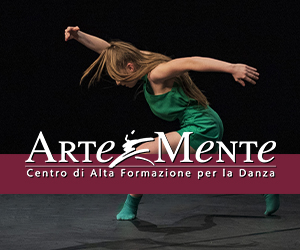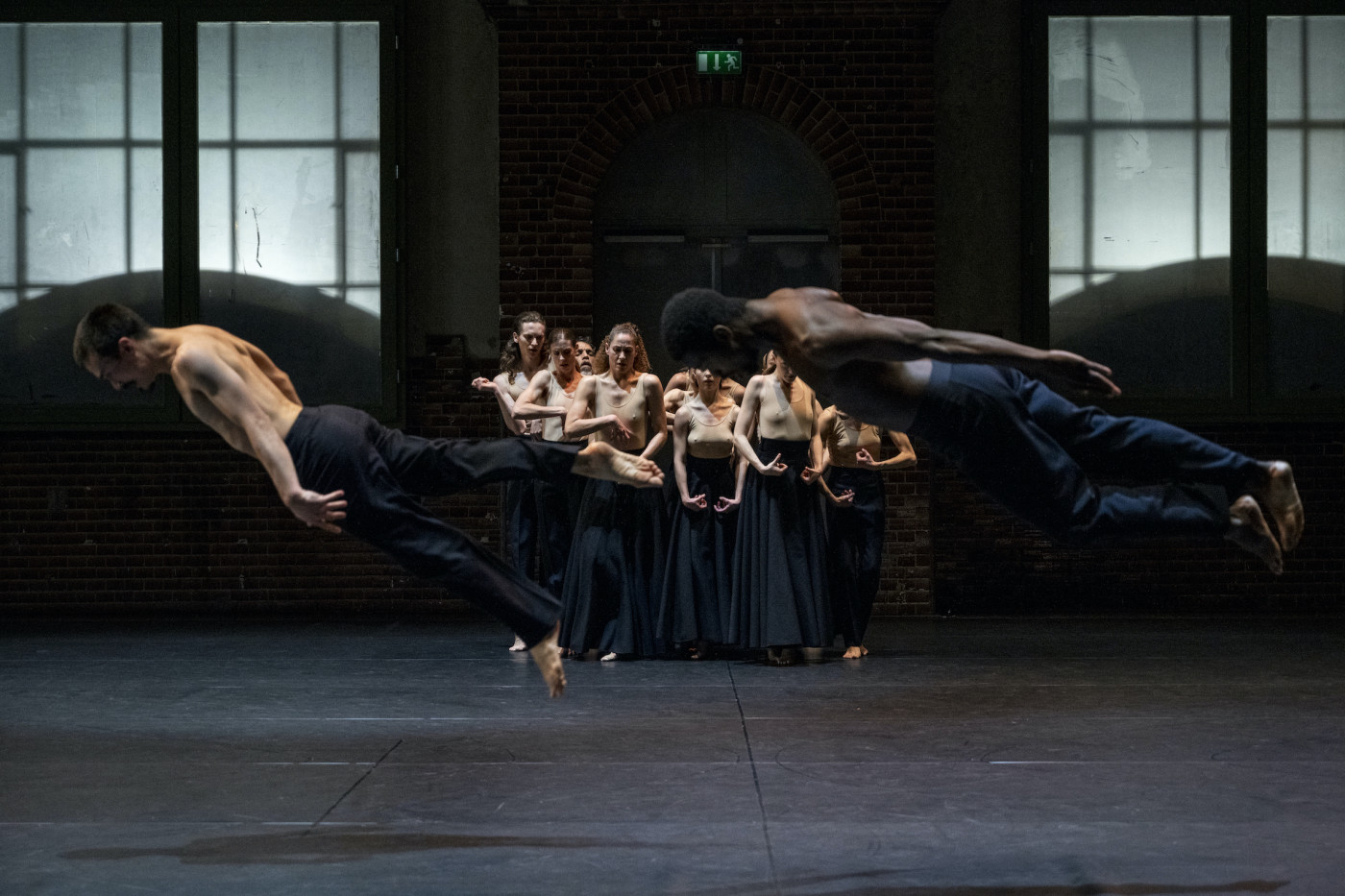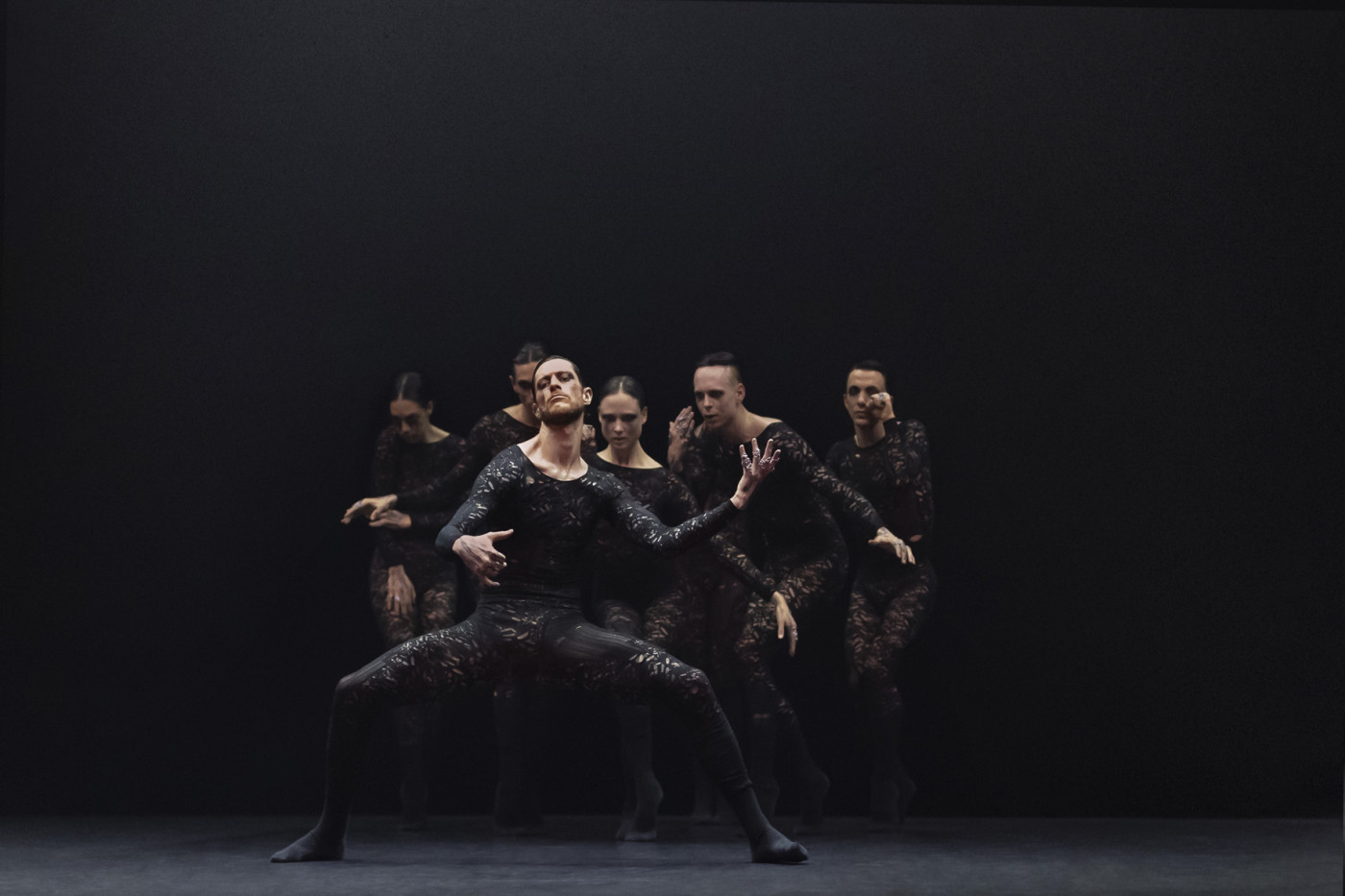A whirlwind of Turkish, merchants, slaves and pashas
Martinez’s "Corsaire" created for Rome Opera Ballet
13/10/2020
ROME Concise, pulsing and ‘modern’. The new Corsaire created by José Carlos Martinez, commissioned by director Eleonora Abbagnato for the Rome Opera Ballet, sparkles and succeeds. A Ballet à grand spectacle according to the canons introduced by Petipa in the Imperial Theatres, Le Corsaire has crossed the centuries, enriched with additions and new layers of choreography and music, becoming an increasingly splendid conundrum of slaves and pirates, shameless merchants and rich pashas. It is certainly opulent, as well as intricate. And so Martinez – former étoile of the Paris Opera and one-time director of the Compania Nacional de Danza – took on the title in a (successful) attempt to slim down the story, render the introduction of the dances fluid and reduce the length of the piece (to just two acts) without, however, giving up its sumptuousness, its choral flavour, its grand pas and those variations that the real balletomanes certainly couldn’t do without. His libretto may concentrate on the five main characters – Medora the slave (Olesja Novikova), Conrad the pirate (Leonid Sarafanov), Lankedem the shady merchant (Walter Maimone), Birbanto the cheating corsair (Michele Satriano) and Gulnare the slave (Rebecca Bianchi) – but there is no shortage of beautiful choral dances for both the male and female corps, such as the pirates’ spectacular danse des bottes in the first act and the imposing tableau of the Jardin animée in the second, in which the female corps de ballet – dressed in delicate tutus in lilac and green hues without garlands – transform the Pasha’s dream into palpable reality set to Delibes’ delicate notes. If anything, Martinez takes his artistic license in other passages that regard technical skill: the closing of the pas d’esclave without the fouettés because the sinuous Rebecca Bianchi – accompanied by a surprising Walter Maimone – is kidnapped by a group of prisoners before the finale and the omission of the three variations in the pas des odalisques. The ballet is any case packed with virtuosity; it’s enough to see the splendours put on display in the pas de deux (here a pas de trois) in which Medora introduces herself to the Pasha in the celebrated finesse d’amour in which Novikova’s weightless gentleness is enhanced; the grand pas de deux in the cave in which the Russian guest couple shines and Sarafanov appears never to touch the ground. There is also the lyrical pas de deux added by Martinez to the final act when, following the sinking of the ship – rendered through video – Medora and Conrad meet again on a deserted beach and joyfully dance their love, set once more to the enchanting music of Delibes’ Sylvia. Francesco Zito’s stage design was ‘recouped’ from the Theatre’s workshop and still works extremely well - the only flaw being the odalisques’ tutus worn over Oriental-style trousers – as does the surprisingly beautiful musical collage created by Maestro Alexei Baklan who steps onto the podium to conduct to Roman Orchestra. In short, both choreographer and company rise to the challenge. It’s just a shame that the Covid-19 pandemic put a stop to the show after just three runs.
© All rights reserved







